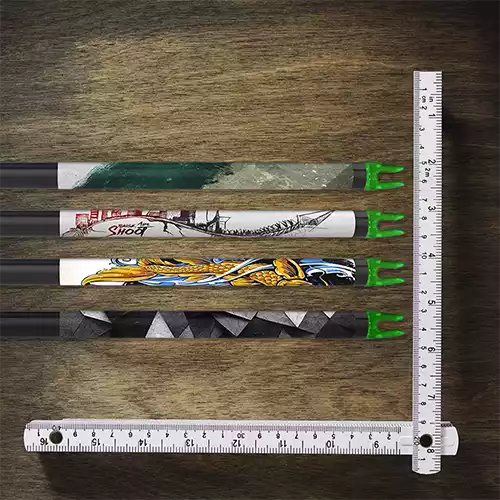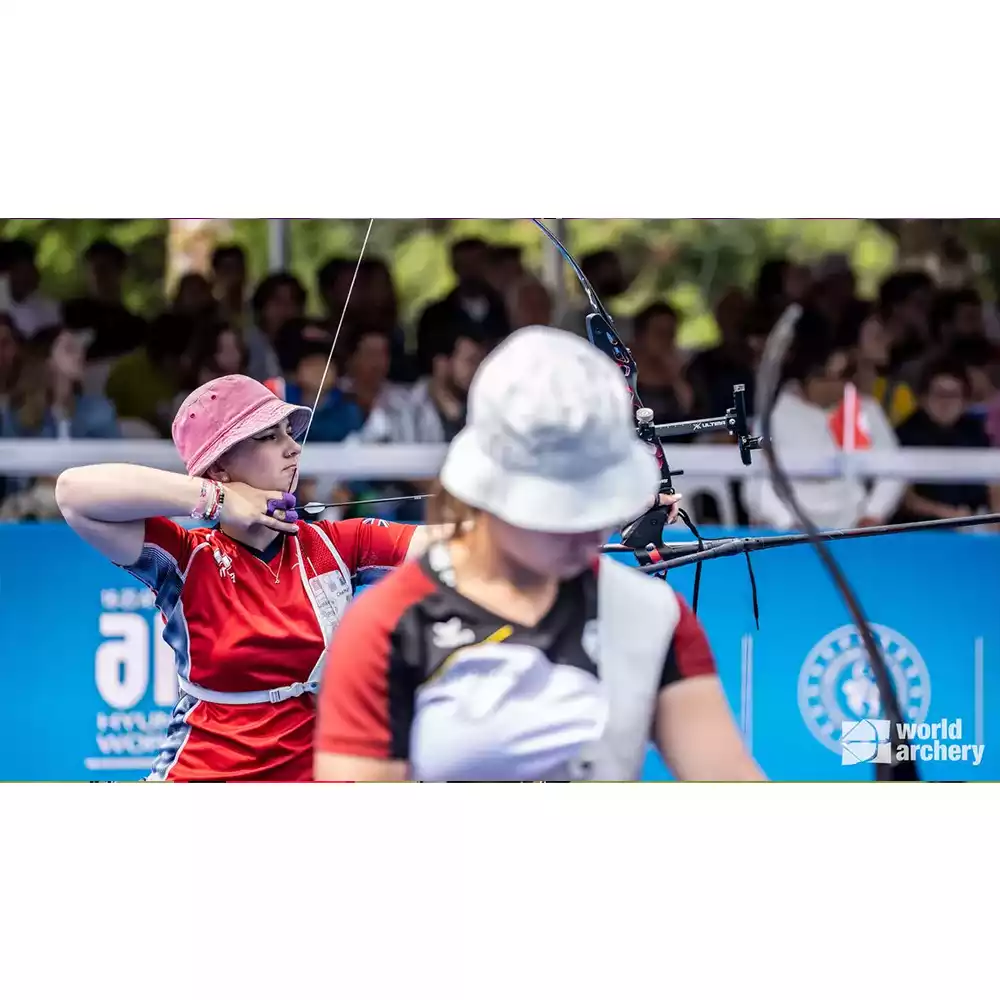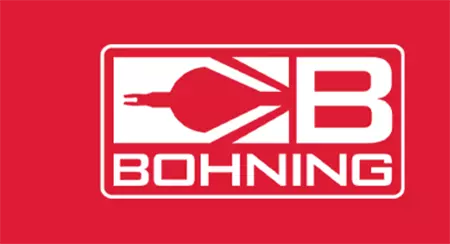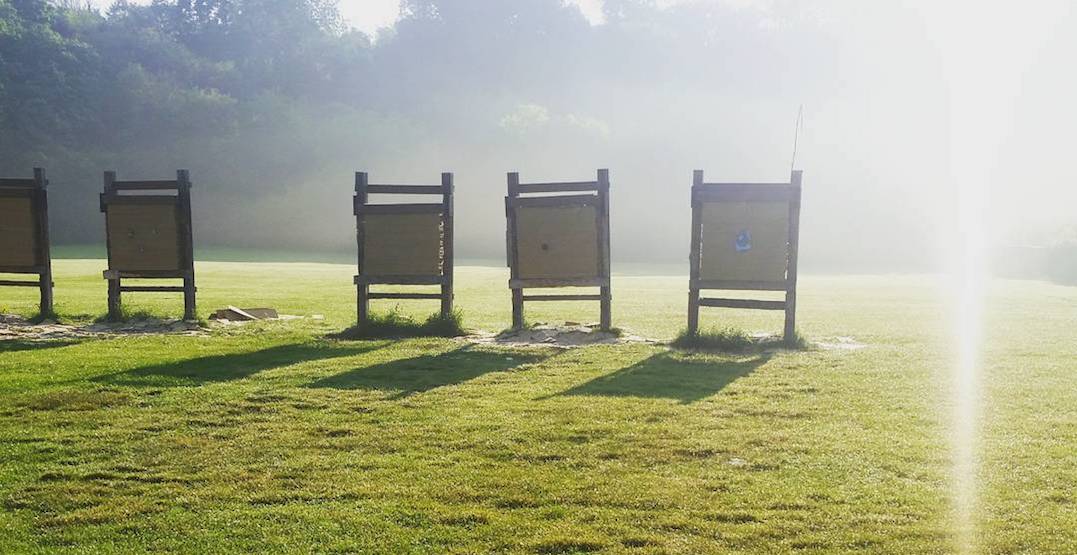Discovering Archery: A Beginner’s Guide to Getting Started and Essential Equipment

Are you looking to get started in ancient sport of archery and eager to start your journey toward becoming a skilled archer? Whether inspired by Robin Hood or Katniss Everdeen, archery offers an engaging and rewarding experience that combines physical strength, mental focus, and technical skill. In this archery guide for beginners, we’ll walk you through the essential equipment you need to get started.
Your Bow
The bow serves as the foundation of archery. Choosing the right one greatly impacts your success and enjoyment. Factors like draw weight, bow length, and handedness require consideration. Beginners should start with a lower draw weight and progress as they build strength and technique.
Recurve Bow: This type of bow is widely used in Olympic competitions and is an excellent choice for beginners. It has a simple design and is relatively easy to use, making it a perfect starting point for those new to the sport.
Compound Bow: Featuring a system of pulleys and cams, compound bows are more advanced and allow for more accurate and powerful shots. However, they may be more challenging for beginners due to their complexity and higher price point.
Arrows
The second thing to consider for any archery from beginner to veteran, are arrows. They come in various materials, lengths, and spine stiffness. As a beginner, it is essential to select the correct arrows for your bow and draw length. Aluminum or carbon arrows are popular choices, as they provide a good balance of performance and durability.
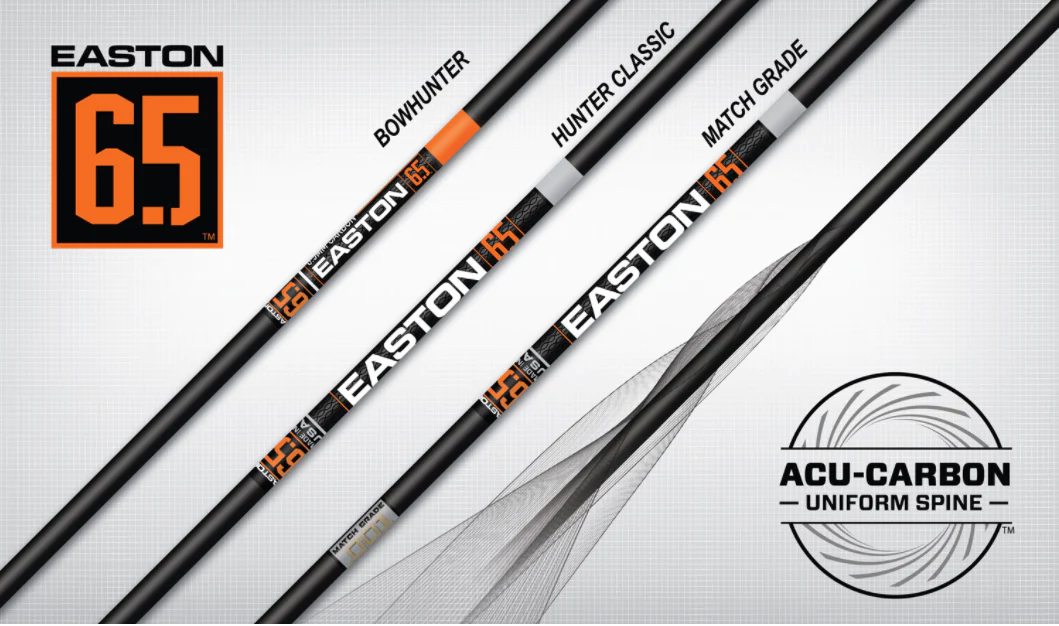
Arrow Material
Arrows are made from a variety of materials, each with its own advantages and disadvantages:
- Aluminum: Affordable, durable, and consistent; great for beginners.
- Carbon: Lightweight, fast, and favored by competitive archers; more expensive than aluminum.
- Wood: Used by traditional archers; may require more maintenance.
- Fiberglass: Durable and low-cost; suitable for beginners or budget-conscious archers.
Arrow Length
Your arrow length should correspond to your draw length, which you can determine using the armspan method. Add an extra inch to your draw length for safety.
Arrow Spine
The spine of an arrow refers to its stiffness or resistance to bending. Choosing the correct spine is essential for accuracy and safety. An arrow with a spine too weak for your bow may flex excessively and be unpredictable in flight, while an overly stiff arrow may not flex enough, resulting in decreased accuracy.
To determine the appropriate arrow spine for your setup, consult an arrow spine chart, which typically factors in your draw weight, arrow length, and bow type. Arrow spine is measured in deflection, with lower numbers indicating stiffer arrows.
Finger Tabs and Release Aids
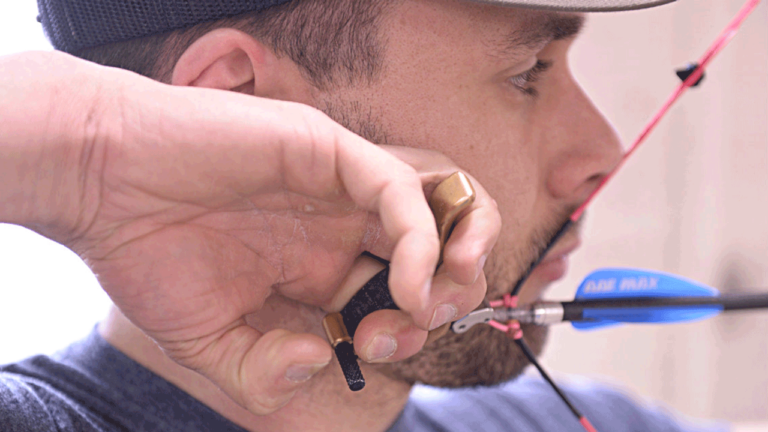
As a beginner archery finding a release aid can be daunting. Both finger tabs and release aids protect your fingers and boost accuracy while shooting. Knowing their differences and benefits is key to a comfortable, enjoyable archery experience.
Finger Tabs
Finger tabs protect the shooting hand, preventing injuries and ensuring a smooth bowstring release. Recurve and traditional bow users often use them. Made from leather, synthetic materials, or a mix, some tabs have a spacer for consistent finger positioning on the bowstring.
Release Aids
Compound archers use release aids for a smooth, precise bowstring release. These devices reduce human error and offer a cleaner release than fingers alone. Types of release aids include wrist releases, handheld releases, and thumb-trigger releases.
Other Accessories
This beginner archery guide emphasizes the importance of helpful accessories like sights, stabilizers, cases, quivers, and armguards for a better experience and equipment protection.
Sights and stabilizers greatly enhance accuracy and performance. Bow sights help with consistent aiming, and stabilizers balance the bow, reduce vibrations, and stabilize shots for improved accuracy and smoothness.
Investing in a quality bow case and quiver is vital for equipment protection and organization during transport and storage. A good case fits your bow, arrows, and accessories, while a quiver stores arrows for easy access during shooting sessions. Armguards shield your bow arm from injuries due to the bowstring’s impact, which is particularly important for beginners learning proper techniques.
Dont forget to cosmetic accessories such as decals and arrow wraps!
Further Thoughts
Starting your archery journey requires the right equipment and understanding its purpose. Beginners should also get guidance from professional instructors and visit pro shop such as Lancaster Archery in the US or Canada Archery Online in Canada. Instructors teach proper form, technique, and safety, building a strong foundation.
Visiting pro shops helps find personalized equipment recommendations and allows for testing options before buying. With expert support and the right gear, you’ll set yourself up for success and an enjoyable, rewarding experience.


